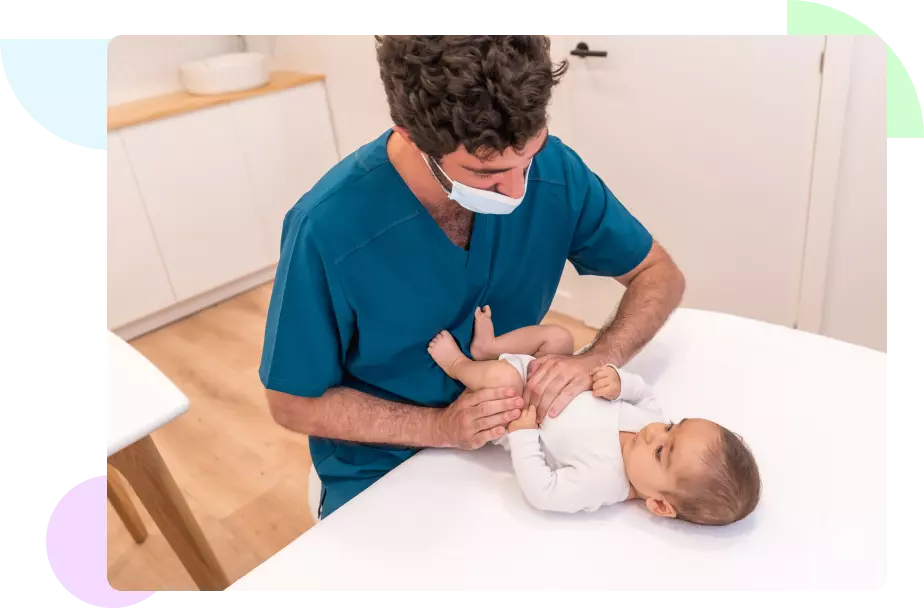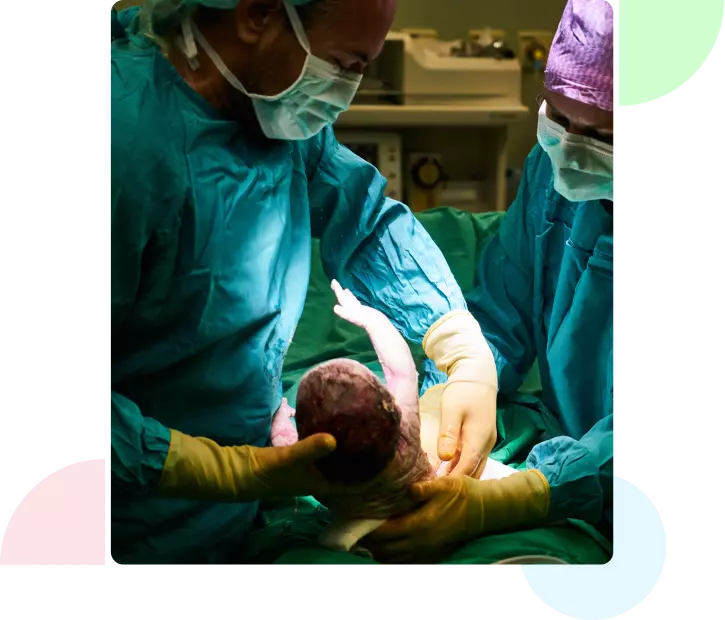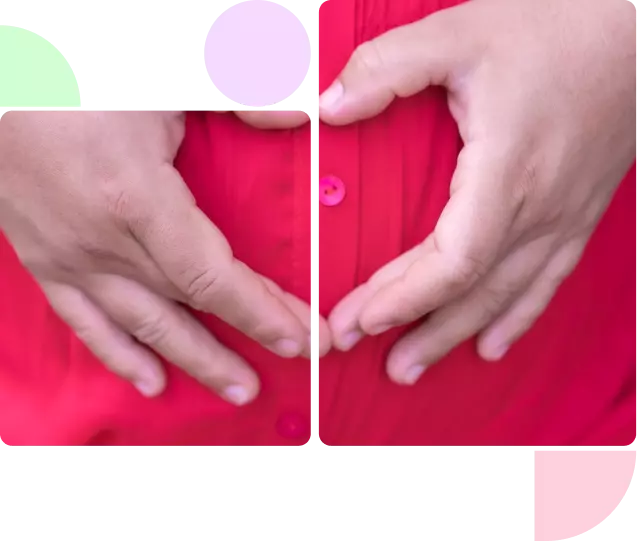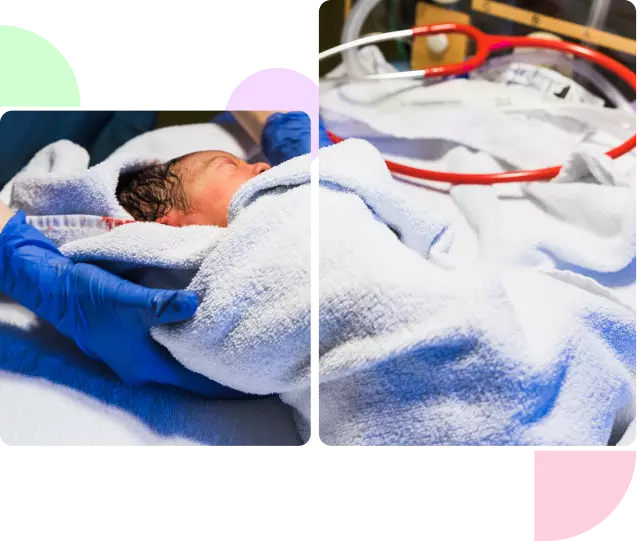
Normal Vaginal Delivery and Cesarean Section (C-section) are two common methods of childbirth. In a normal vaginal delivery, the baby is born through the birth canal, while in a C-section, the baby is delivered through an incision made in the mother's abdomen and uterus.
The choice between the two depends on various factors, including the mother's health, the baby's position, and any complications during pregnancy.
Understanding the differences between both normal delivery and c- section with a healthcare provider can help ensure the safest delivery for both the mother and the child.


Here are four key reasons why a C-section may be performed
After a cesarean delivery, also known as a C-section, the postpartum period is a crucial time for the mother's recovery. The incision made during the procedure will require special care to ensure proper healing. It's essential to keep the area clean and dry, and to avoid strenuous activities until the incision has healed.
At the Best Hospital for Pregnancy in Bangalore, like Sai Speciality Center, we prioritize post-cesarean recovery with expert care. For women seeking Normal Delivery in Bangalore, we ensure a smooth transition into recovery and offer comprehensive support for all birthing needs.
The recovery timeline can vary, but most women can expect to stay in the hospital for 2-4 days following the surgery. At home, gentle walks and rest are recommended, gradually increasing physical activity as tolerated.
Pain medication will be prescribed to manage discomfort. Regular check-ups with the healthcare provider will monitor the mother's progress and address any concerns during this post-procedure phase.


Ensuring a smooth recovery for children after surgery is of utmost importance. At Sai Speciality Care, the best hospital for pregnancy in Bangalore, our experienced medical team provides comprehensive postoperative care tailored to the unique needs of young patients.
During the recovery process, our nurses closely monitor vital signs, manage pain, and administer medication as prescribed. We also work closely with physical therapists to facilitate a gradual return to normal activities, with a focus on regaining strength and mobility.
Equally crucial is the emotional support we provide. Our child-friendly environment and dedicated staff help ease anxiety and foster a sense of comfort and security. Regular communication with parents ensures they are informed every step of the way.
By combining medical expertise with compassionate care, Sai Speciality Care, recognized for Normal Delivery in Bangalore, is committed to guiding children and their families through the postoperative journey to a full and healthy recovery.
